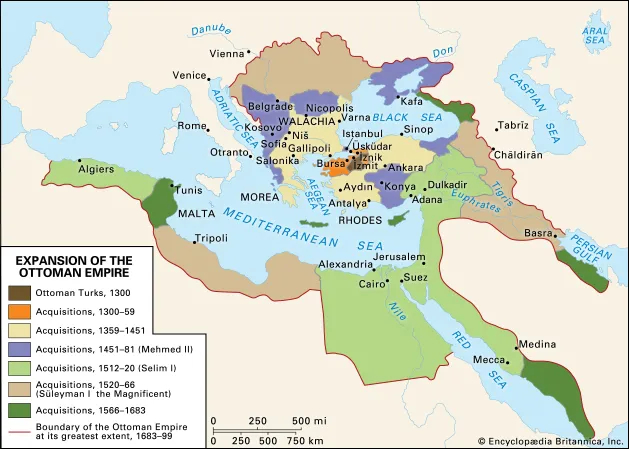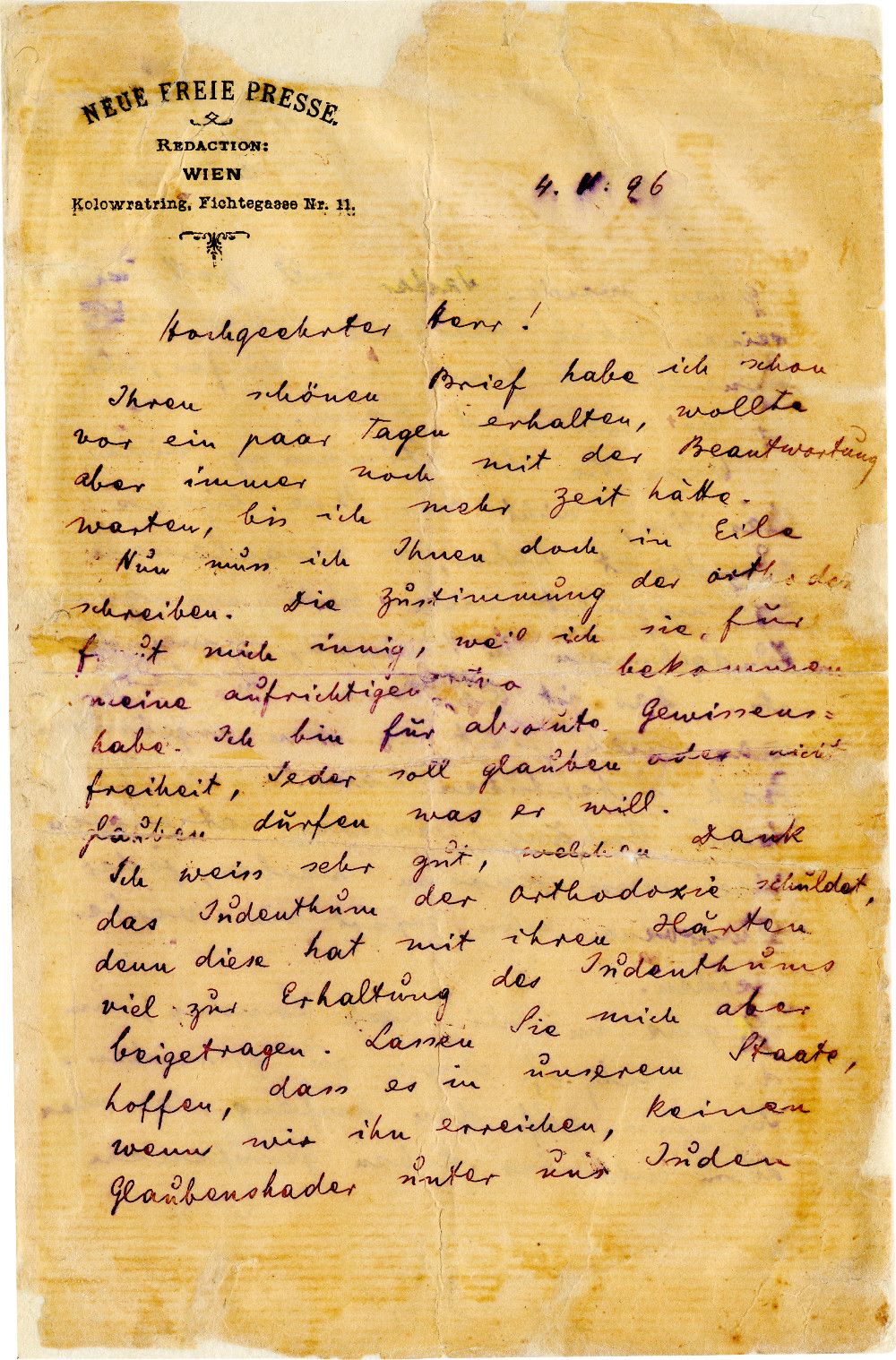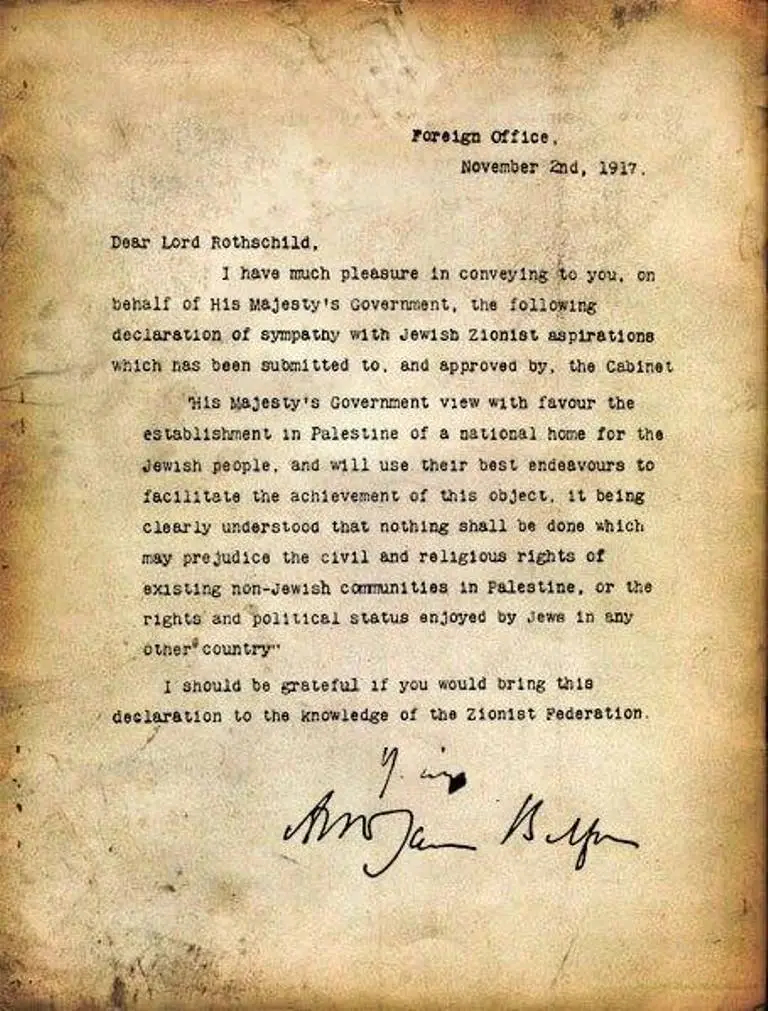IN RESPONSE TO SELECTIVE HISTORY MANIPULATION BY ISRAELIS AND THEIR FOLLOWERS
GAZA - PALESTINE
|
All our projects start with this page. However, you can skip this page if the content below is familiar to you. If not, why not take a minute? Let us begin with something that everyone knows, or maybe not everyone, as current generations did not grow up in an era when there was no video but celluloid. And even then, when there were videos (VHS and Betamax), there was no YouTube, Dailymotion, Vimeo, TikTok, or Instagram. The first Internet video hosting site was ShareYourWorld.com, founded in 1997.
There are many definitions of history. However, the simplest way to explain it is to use the pictured images. A celluloid film consists of a series of frames. Each frame is part of a scene, which, in return, may be part of a series of scenes. They all together form what is called a sequence. So, a movie is built up by a series of sequences. If you watch the whole film, you will see a chronology of frames, scenes, and sequences. Visualizing history is similar to this, meaning that you can imagine history as a complete movie unless you cut it into pieces to remove frames, scenes, or even a whole sequence that you don't want people to watch. Like every movie, any event must have a beginning, as nothing happens in a vacuum. There is always a main cause or root, which always lies in the very past. . However, history never stops running but the Israelis just do. And so it is about Palestine.
THE PURPOSE OF THIS WEBSITE The purpose of the website is to reshare videos, photos, etc., that we have collected from social media platforms. However, on this website, the collected videos, photos, documents, and other material are arranged in a systematic order to build a structure that reflects international law. All published material is downloadable and can even be reposted by clicking on one of the social media icons below each entry. We use predefined labels like "parent categories" and "categories," which may sound static. However, we have not found a solution to replace these labels with appropriate versions. The meaning of this website is to confront followers of the ideology of Zionism, imported from Europe, into what was British Mandatory Palestine, in May 1948, renamed with a reference to a tribe led by Moses that was already known in the way hardcore Israelis are showing today, as if they have copied the tribal being of an Israelite and merged with ideas known in Zionism. The website shows a shocking true face, that of Israelis in the first place, their American and German counterparts, and the British, of course.
|
We start with a statement that Netanyahu made on November 4, 2023 Netanyahu manipulated a piece of ancient history by claiming that the Amalek attacked the Israelites. There is a biblical description which goes like, "Jacob's 12 sons are the patriarchs of the Twelve Tribes of Israel, who became God's covenantal people, with their names recorded in the Book of Genesis. The sons and their corresponding tribes are: Reuben, Simeon, Levi, Judah, Dan, Naphtali, Gad, Asher, Issachar, Zebulun, Joseph, and Benjamin." However, the biblical description can be visualized in the form of blankets of 12 territories on a map of Canaan. Twelve territories populated by 12 tribes. How does that go with 12 named personalities descending into tribes? We don't follow the theory, which is about the view that the Israelites emerged from within Canaan, as that contradicts the episodes which state that the Israelites reached Canaan after forty years of wandering in the wilderness following their Exodus from Egypt. But, how could people have been led by Joshua when the story about the wandering in the "wilderness" (read: Sinai Desert) was about Moses joureny? Biblical claims do not always reflect historical science
JOSHUA'S & MOSES' CONQUESTS The story of Joshua was about the conquest of Jericho from eastern bank of the Jordan River in today's Jordan, while the story of Moses was about the conquest of the Amalek territory from the "south.". The Israelites under his leadership were defeated and driven out of the Amalek territory. Moses died during the conquest. Judging the map on the right, the Israelites were not Canaanites, as they attacked them. They were simply violators of God's 6th Commandment, that one should not kill. In other words, the Israelites were a waring tribe seeking to conquest the land of the Canaanites by killling, murdering and destroying. All attempts to stop them failed. Judea and Samaria emerged as distinct political entities after the division of the united Israelite monarchy following the death of King Solomon around 930 BCE, forming two separate kingdoms: the northern Kingdom of Israel, centered in the region of Samaria, and the southern Kingdom of Judah (Judea), centered in Jerusalem.
AFTER THE ISRAELITES Judea encompassed the territory of the tribes of Judah and Benjamin, while Samaria covered the lands of the northern tribes, such as Ephraim and Manasseh. The names were retained through later periods, including the Roman province of Judea, with the Assyrians renaming the northern kingdom to Samaria after its fall, and the terms continue to be used today to describe these historical regions. The claim, that Judea and Samaria is Jewish may be based on the Hasmonean dynasty, which was a Jewish ruling dynasty of Judea and surrounding regions during the Hellenistic times in 539 BC. They came under Roman ruling in 6 AD and lasted until 135 AD when Judea and Samaria became Syria Palestina after a Jewish revolt. The Roman Emperor Hadrian renamed the former province of Judaea to Syria Palaestina to sever the connection of Jews to their homeland by using the name of the Philistines. Jews fled to Spain and Italy. Those who fled to Spain distributed to France. Those who fled to Italy distributed to Central Europe, primarily the Rhineland in Germany, during the Roman and medieval periods. These communities, already distinct from other Jewish groups like the Sephardim, migrated eastward into Eastern Europe, where they formed large, Yiddish-speaking communities through high birth rates and genetic isolation. They are known as Ashkenazic Jews.
The migration had the consequence, that the Jews have lost their habitat, their life, meaning that their existential identity in Palestine ended. They lost what we call 'historical continuity' of being Semitic people. They became European Jews. In the late 4th century, the Byzantine Empire established Palaestina Prima, a new province in the region of Palestine. This province included the historic regions of Judea, Samaria, and the coastal plain. The region of Palaestina Prima was temporarily lost to the Sassanid Empire in 614 but was re-conquered by the Byzantines in 628. The Jewish population dwindled due to a combination of economic hardship, persecution following the 6th-century Jewish-Samaritan revolts, and continued Christian immigration and conversion, which led to a Christian majority in the region by the early 7th century. Judea and Samaria was no longer dominated by Jews but Christians, because the Byzanthines were Christians..
|
|
"...the Israelis just erased 1,290 years of Palestine history." Well. not really. Herzl introduced his ideology in 1896 with the pamphlet The Jewish State and formally launched the movement by convening the First Zionist Congress in 1897, that was held in Basel, Switzerland, and where the World Zionist Organization was established. He became the founder and president of the movement, which aimed to establish a Jewish homeland in Palestine. Theodor Herzl went to meet Ottoman Sultan Abdul-Hamid II on May 17, 1901 in Constantinople (modern-day Istanbul). This visit was part of a series of attempts by Herzl between 1896 and 1902 to seek for a Jewish land in Palestine by offering to consolidate Ottoman debt in exchange for a charter. Sultan Abdul-Hamid II denied Theodor Herzl's request to establish a Jewish homeland in Palestine primarily because he viewed it as a betrayal of his duty to the Islamic community and the Ottoman Empire's sovereignty, asserting that the land belonged to his people, not him to sell. Despite Herzl's significant financial offers to alleviate the empire's crippling debt, the Sultan refused, emphasizing the land's sanctity as Islam's third holiest site and the deep connection of his people to it. Herzl then went to London (April 1903) to ask the British Colonial Secretary Joseph Chamberlain but the latter offered him in Spring 1903 what became known as the "Uganda Scheme" to establish a "Jewish homeland" in East Africa. The Zionist movement rejected the establishment of a state in East Africa because it lacked the historical, religious, and emotional connection to Palestine that was central to the Zionist movement's goal of a Jewish homeland in the Land of Israel. In 1918, the Ottomans were defeated in the First World War, forcing them to sign on October 30th that year the Armistice of Mudros with the Allies. This defeat led to the subsequent dismantling and partitioning of the empire's territories by the victorious Allied powers. Britain was granted the Mandate for Palestine at the San Remo Conference on April 25, 1920, a decision formalized by the League of Nations on July 24, 1922. This mandate granted Britain administrative control over the former Ottoman province of Palestine with the stated aims of establishing a national home for the Jewish people and preparing the region for self-governance. However, the League of Nations did not grant Britain permission to establish a Jewish state. However, Herzl wasn't a Jew but a follower of his own ideas. The British didn't create a Jewish but a Zionist state. In 1933, German Ashkenazic Jews struck the Haavara deal with the Nazis to have themselves migrated to British Mandate. In a gesture, these Germans adopted many ideas from the Nazis and brought these ideas with them to the Mandate where they passed them on to those who later became Israeli Ashkenazis. That's how Nazism emerged among the Israeli colonists.
INVENTION BY WAR & TERRORISM In 1947, migrated European Zionist colonists rejected the United Nations General Assembly vote for the Partition Plan for Palestine by going for war first against the British then, in the second part of the war against the native Palestinian population. This prompted surrounding Arab nations to intervene. The European colonists, who created the war against Arabs themselves, declared themselves as Israelis in May 1948, a name they borrowed from the tribe who went on killing, murdering, looting and plunder thouseands of years earlier: the Israelites. A month later, the Swedish UN diplomat, Count Folke Bernadotte submitted a formal partition proposal for Palestine and Transjordan. His plan suggested a unified state of Palestine and Transjordan, with two members—one Arab and one Jewish—and proposed specific territorial adjustments, including the Negev in Arab territory and Western Galilee in Jewish territory, with an internationalized Jerusalem. The European colonists rejected the plan because, by the summer of 1948, the war between Israel and Arab nations had already occurred and the renaming of British Mandatory Palestine had significantly changed the situation on the ground. This made his initial concept of an economic and political union of Palestine, based on the 1947 UN Partition Plan, non-viable in the new political reality, leading to the need for revision before a second plan was formulated.
Bernadotte's second proposal suggested the division of Palestine into a Jewish state and an Arab state, the establishment of an international authority for Jerusalem, and the return or compensation of Palestinian refugees. The plan aimed to establish boundaries similar to his first, but abandoned the idea of an economic union and favored a formal agreement or UN decision for boundary fixation. This new plan was rejected by both the League of Arab States and the Europan colonists.. In response to the second proposal, and his diplomatic efforts to resolve the Arab-Israeli conflict and feared his peace proposals would undermine the invention of the Israelis, a European Zionist terrorist group, known as Lehi or Stern Gang, assassinated Folke Bernadotte in an ambush near Jerusalem. Lehi saw Bernadotte as a threat to their goal of establishing a larger Zionist state and believed his peace plan was disastrous, particularly concerning territorial arrangements and the right of return for Palestinian refugees.
|
|
According to the online encyclopedia, the Arab countries were challenging each other: who would be THE Arab leader in the region? The position would only be gained when any Arab leader has as much public support as possible. Nasser would do this by blocking all shipping lines from passing the Strait of Tiran to Eilat The Israelis reacted by warning the Egyptian president that the blocking would indefinitely be a casus belli, while the waterway is part of Egypt's territory. The Israelis started the war in June 1967, which also included an offensive on Egyptian troops in Gaza. When the enclave was seized, the Israelis colonized it, not occupied it, as there were at least 21 permanent settlements in the enclave. The West Bank has also been under colonization since 1967, as there are more than 100 permanent but illegal settlements.
On the right, a 4-minute video clip in which we put in chronological order how it all started to happen. We have given the clip the title "From the war in June to the First Gaza War", and it shows just the beginning of what is going to happen in 2025: the extermination of the existence of life in Gaza.. The existence of Hamas is by the Israelis themselves. The group didn't emerge out of the blue. The United Nations has designated Hamas as a political movement while its armed wings are within the Law of Belligerent Occupation, which states that occupied people have the right to form armed groups to resist occupation. But Hamas is branded a "terrorist organization" on religionized and ideological grounds. Members of Hamas have the full right to resist the Israeli occupation of Gaza and the annexation of the West Bank. If they take and use that right, they must distinguish themselves from the civilian population, or based on articles 43 & 44 of the Additional Protocol I of the Geneva Conventions, at least carry their weapons openly during attacks and deployments. Israelis are alien to the region as they descend from European migrants, settlers, and colonists, while the current population is from around the world living on a land surrounded by countries where people have been there for centuries. |
|
Misinformation and disinformation involving the distribution of false, inaccurate or otherwise misleading information has been a prominent and ubiquitous feature of the Gaza war. Much of the content has been viral in nature, spreading online with tens of millions of posts in circulation on social media. A variety of sources, including American, British and German government officials as well as Israeli and pro-Israeli media outlets, and social media influencers, mainly across Europe, UK and the US, have contributed to the spread of these inaccuracies and falsehoods. During the "conflict," the Israeli war belligerent mainly by means of its unit 8200 and Israeli cyber companies have deployed artificial intelligence (AI) tools and bot farms to spread disinformation and graphic, emotionally charged and false propaganda to dehumanize Palestinians, sow division among supporters of Palestine, and exert pressure on politicians to support Israel's actions. The Intercept reported that: "At the center of Israel’s information warfare campaign is a tactical mission to dehumanize Palestinians and to flood the public discourse with a stream of false, unsubstantiated, and unverifiable allegations." One such covert campaign was commissioned by Israel's Ministry of "Diaspora Affairs." The ministry allocated about $2 million to the operation, and used political marketing firm Stoic based in Tel Aviv to carry it out, according officials and documents reviewed by the New York Times. The campaign was started after the October 7 attack, and remained active on X (formerly Twitter) at the time of the New York Times report in June 2024. At the peak of the campaign it used hundreds of fake accounts posing as Americans on X, Facebook and Instagram to post pro-Israel comments, focusing on U.S. lawmakers, particularly those who are Black and from the Democratic Party, including Hakeem Jeffries, the House minority leader from New York, and Raphael Warnock, Senator from Georgia. ChatGPT was deployed to generate many of the posts. The campaign also involved the creation of three fake English-language news sites featuring pro-Israel articles. In November 2024, a report by a United Nations (UN) committee noted that Western social media companies disproportionately removed content showing solidarity with the Palestinian people relative to content promoting violence against Palestinians. On August 21, 2025, Netanyahu said in a video adress: "“We must do something about social media algorithms." |
|
In the Netherlands, we have a so-called Center of Information & Documentation Israel, or CIDI, who claims to be "independent." ABOUT THE LOGO The "G" stands for 'global', not Gaza. It was designed for us in 2014 when we wanted a logo that instanly tells on what GLOSM is focusing, ISRAELI THREAT |









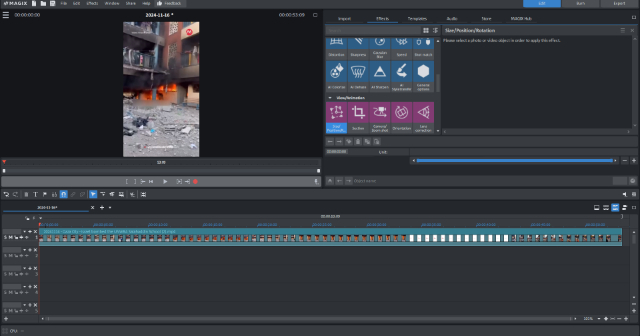 In today's video technology, you don't need to stretch the movie. It's already done while you load it into a video editor.
In today's video technology, you don't need to stretch the movie. It's already done while you load it into a video editor.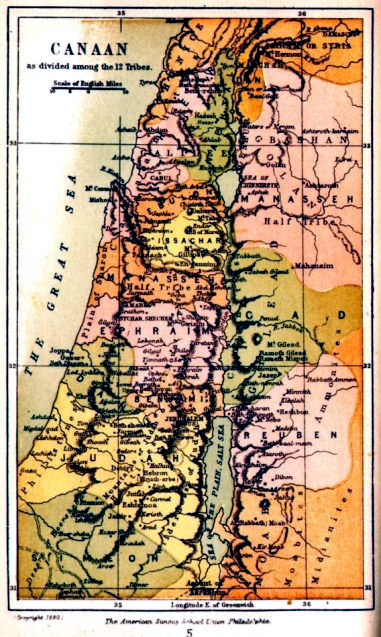
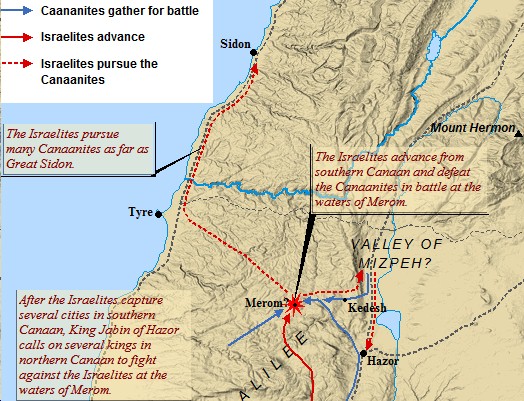
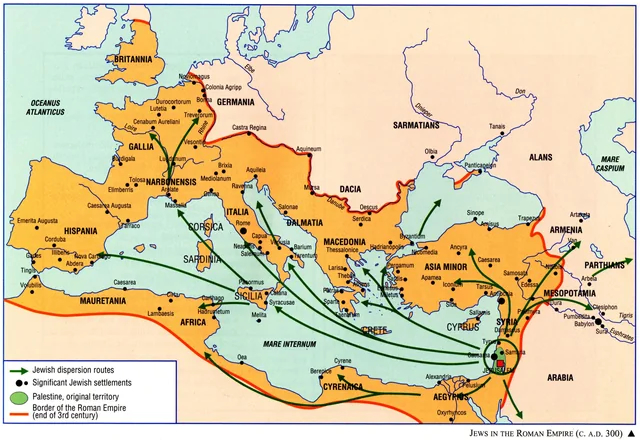
%20published%20by%20Homannsche%20Erben.jpg)

